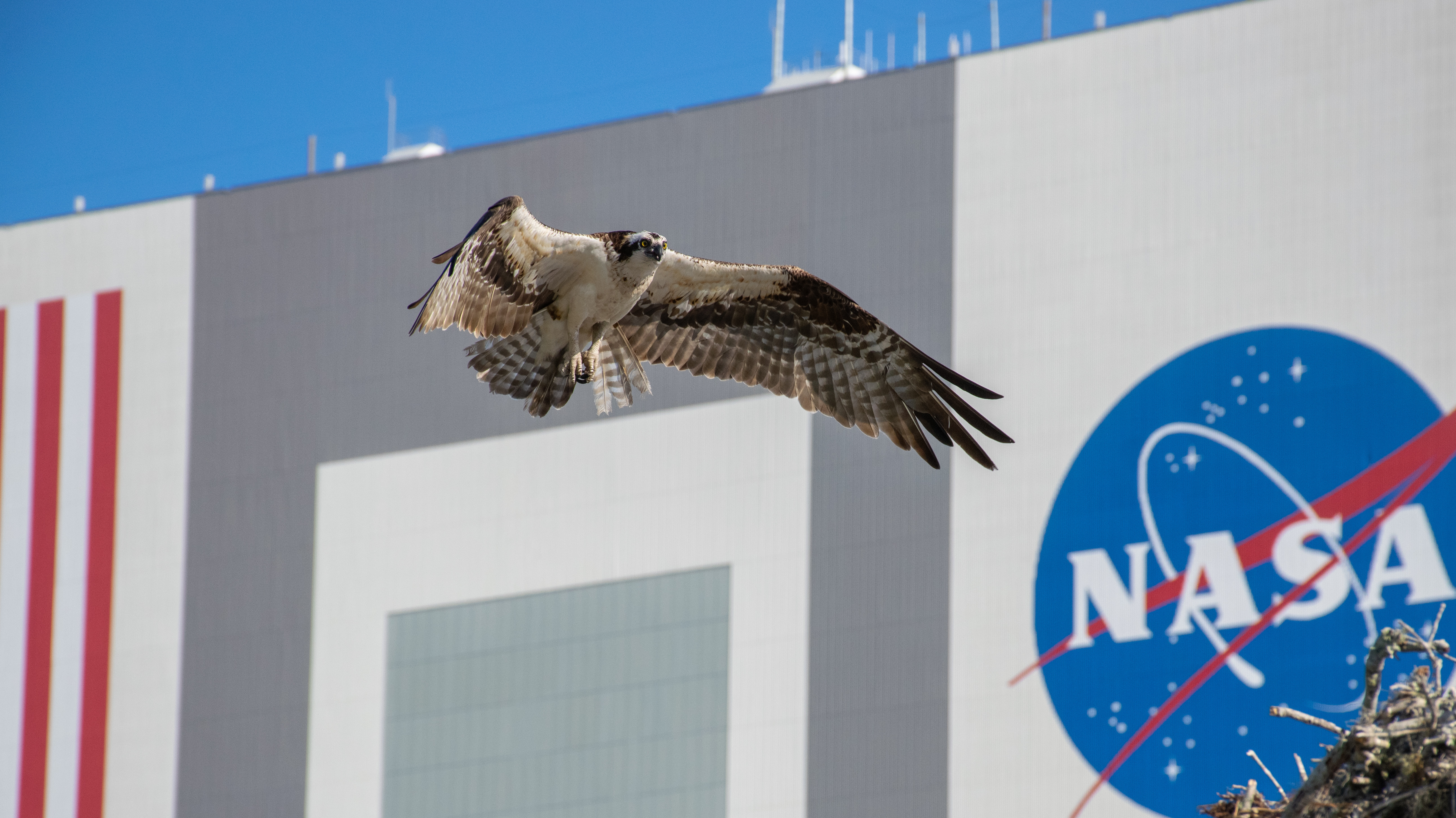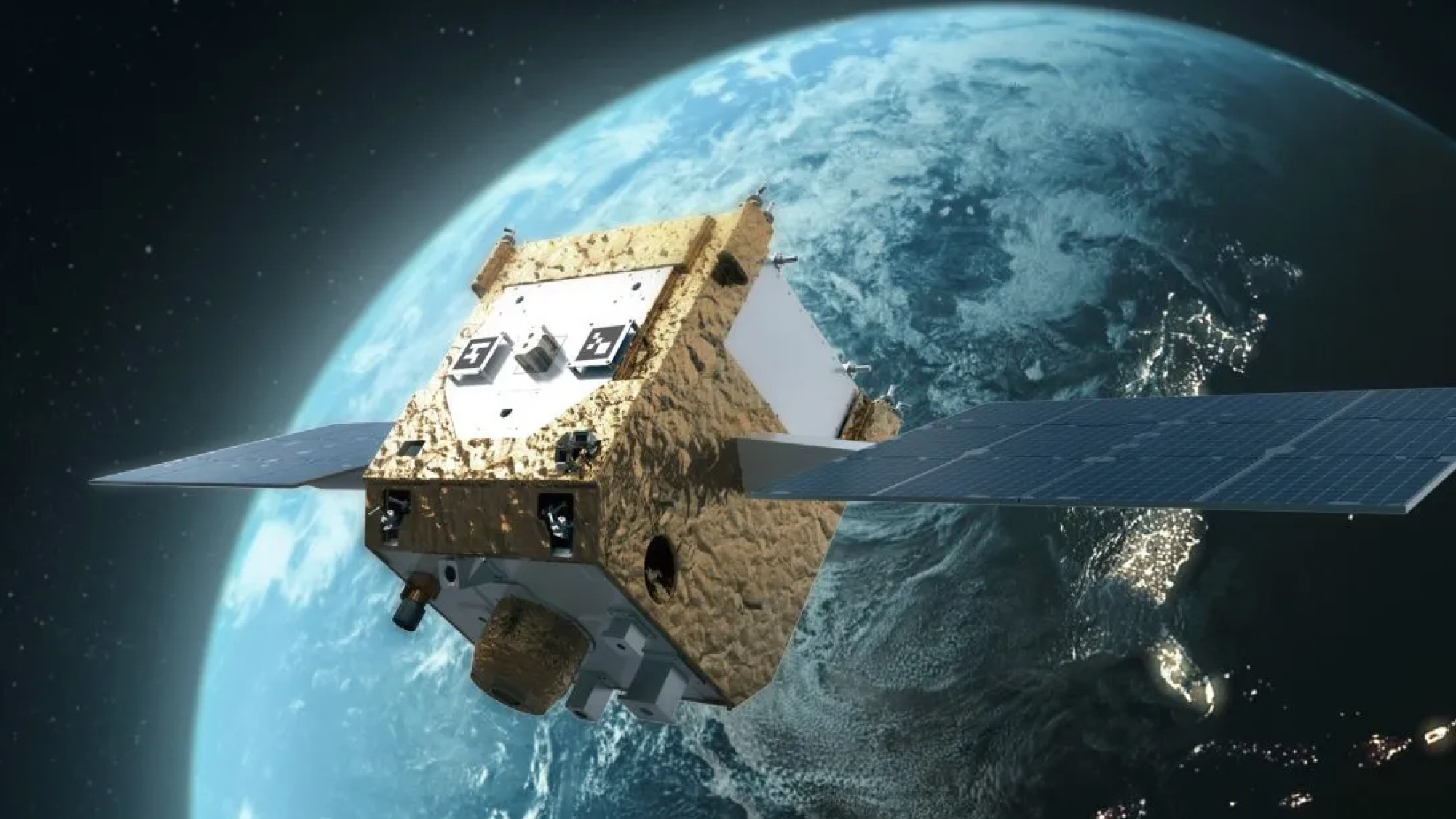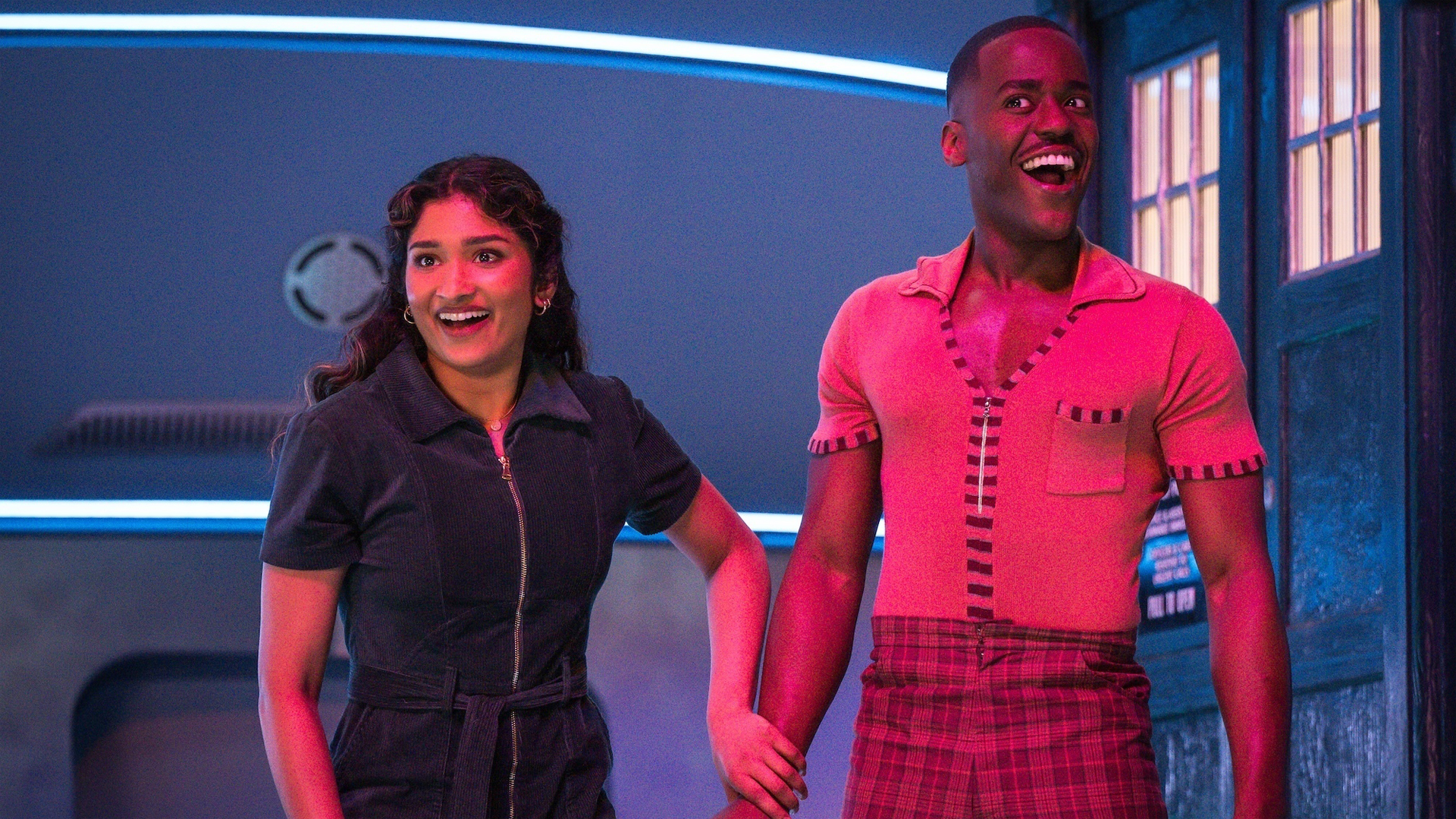How NASA Is Prepping Its New Megarocket to Shoot for the Moon in 2019
It's going to be a busy year for engineers who are building NASA's new Space Launch System (SLS) and Orion capsule in order to ready both vehicles for their first launch together, which is planned for 2019.
On that upcoming mission, called Exploration Mission 1 (EM-1), the uncrewed Orion capsule will loop around the moon and come back to Earth, if all goes according to plan.
The mission took on renewed importance after the Trump administration directed NASA in December to send humans back to the moon before heading to Mars. The SLS is designed to go to both destinations. [In Pictures: How NASA's EM-1 Moon Mission Will Work]
Building Orion
Engineers plan to bolt the Orion spacecraft's heat shield against the crew module early this year. The heat shield is designed to withstand temperatures as high as 5,000 degrees Fahrenheit (2,760 degrees Celsius) that Orion will encounter when it slams into Earth's atmosphere on the way back from the moon.
The service module for Orion, which is being built by the European Space Agency, should arrive from Europe in mid-2018, NASA officials said in a Jan. 5 update. At that point, the spacecraft and service module will be joined and will undergo preliminary testing before being shipped to NASA's Plum Brook Station in Sandusky, Ohio, in 2019 for more testing. [How the Orion Space Capsule Works (Infographic)]
Meanwhile, NASA and the U.S. Navy will practice how to recover Orion when it returns from flight. NASA and the Navy will practice recovering Orion at sea, off the California coast, this month.. Parachute testing will take place in Yuma, Arizona. Other tests in 2018 will include propulsion testing for the service module (in White Sands, New Mexico) and examination of a dummy spacecraft at Lockheed Martin's (Orion's prime contractor) Denver facility through pressure, acoustic, pyrotechnic and other tests intended to simulate a flight.
NASA is already working on early testing for Exploration Mission 2 (EM-2), an SLS/Orion flight that will carry astronauts into space in the 2020s. The Orion spacecraft for that mission is under construction at NASA's Michoud Assembly Facility in New Orleans and will be shipped to Kennedy Space Center (KSC) in Florida by the end of 2018. Workers at NASA's Johnson Space Center in Houston are examining life-support and crew-survival systems, while astronauts and other test subjects are providing reviews of the crew interface. NASA will also prepare for a midair test of Orion's launch-abort system.
Get the Space.com Newsletter
Breaking space news, the latest updates on rocket launches, skywatching events and more!
Space Launch System
In 2018, the massive rocket will come together at the Michoud facility as five pieces are joined to create the 212-foot-tall core stage. Engineers will also attach four Aerojet Rocketdyne RS-25 engines to this stage. Once the rocket is constructed, NASA will ship this hardware by barge to the NASA Stennis Space Center in Mississippi.
Also in 2018, solid rocket booster segments will be constructed at an Orbital ATK facility in Utah and will be shipped by rail to KSC. KSC will also receive two launch adapters from NASA's Marshall Space Flight Center; the vehicle stage adapter will be shipped by barge, and NASA's Super Guppy cargo airplane will carry the Orion stage adapter. (The Orion stage adapter connects the Orion vehicle to the SLS and also carries 13 small satellites.) Also this year, NASA plans to test the liquid hydrogen tank, intertank and liquid oxygen tank at Marshall Space Flight Center.
At Stennis Space Center in 2019, engineers plan to perform a "green run" test that will drain about 700,000 gallons (2.65 million liters) of propellant from the engines and test rocket components such as the core stage avionics and flight computers.
For EM-2, the Exploration Upper Stage, which is more powerful than the SLS upper stage that will be used in EM-1, is being designed and will undergo a critical design review in late 2018. Engineers are also building core-stage and rocket parts for EM-2 and testing engines for future crewed missions.
Ground systems
This spring, workers at KSC will roll out the Mobile Launcher to Launch Pad 39B, which was previously used for Apollo, Skylab and space shuttle missions. There, the Mobile Launcher will be checked to ensure its physical connections fit with pad systems. Then, the launcher will be rolled into the Vehicle Assembly Building (which was also used during the Apollo, Skylab and space shuttle programs) for testing. Once testing inside the Vehicle Assembly Building is complete, the launcher will be moved back to the pad to undergo testing of its full systems for several months. Software updates will also be finished for EM-1 in the summer of 2018.
For EM-2, ground-systems engineers will construct special umbilical connections designed to service the Exploration Upper Stage engines while the SLS is at the launchpad. Construction will also begin on a huge holding tank for liquid hydrogen that will be used for the core stage of the SLS.
Follow us @Spacedotcom, Facebook and Google+. Original article on Space.com.
Join our Space Forums to keep talking space on the latest missions, night sky and more! And if you have a news tip, correction or comment, let us know at: community@space.com.

Elizabeth Howell (she/her), Ph.D., was a staff writer in the spaceflight channel between 2022 and 2024 specializing in Canadian space news. She was contributing writer for Space.com for 10 years from 2012 to 2024. Elizabeth's reporting includes multiple exclusives with the White House, leading world coverage about a lost-and-found space tomato on the International Space Station, witnessing five human spaceflight launches on two continents, flying parabolic, working inside a spacesuit, and participating in a simulated Mars mission. Her latest book, "Why Am I Taller?" (ECW Press, 2022) is co-written with astronaut Dave Williams.









